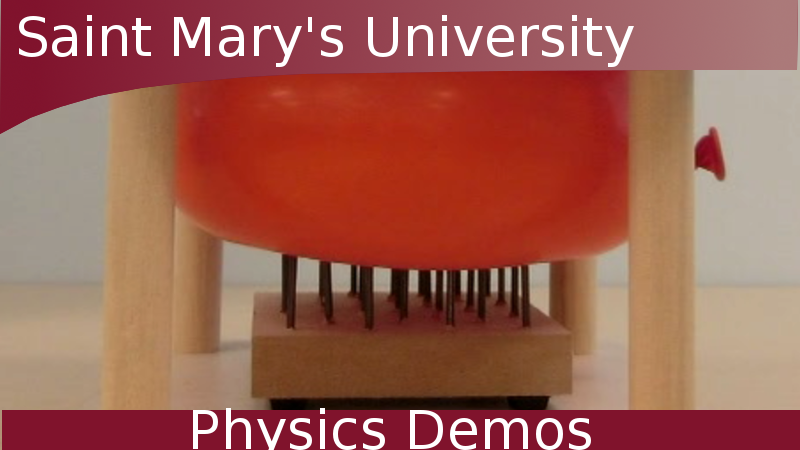We test how strong eggs is!
Watch The Video:
Teachable Topics:
- Stress
- Moments of Volume
- Structural Integrity
Theory:
In any material, the tension/compression vector on a surface is tangential to the surface. The more this vector is aligned with the direction of the force acting on it, the more stress/strain the object can take (ie. the stronger it is).
For example, a vertical block that is compressed or stretched by some force parallel to the body of the block (left figure) is able to withstand greater force than one that is tilted (right figure). This is because a tension/compression vector along the body of the left block has a greater vertical component (ie. component in the direction of the force) than the block on the right.

In the case of the eggshell, the force acting on the egg is distributed along the surface of the shell. At any point the force is tangential to the surface of the shell.
If the egg is supporting weight along its long axis, the tension/compression vectors along the surface of the shell (red, left) have a greater vertical component than those along the shell of the egg supporting weight along its short axis (green, right). More of these vectors aligned with the direction of the force means that the egg is able to withstand greater force before breaking.

Apparatus:
- eggs
- masses
- washers (to provide stability to eggs)
- platform to hold masses in place
Procedure:
- place washers on either ends of an egg
- place platform atop egg
- add masses to the platform to see how much weight the egg can support
- do this along both axes of the egg and compare
*=it's intentional






